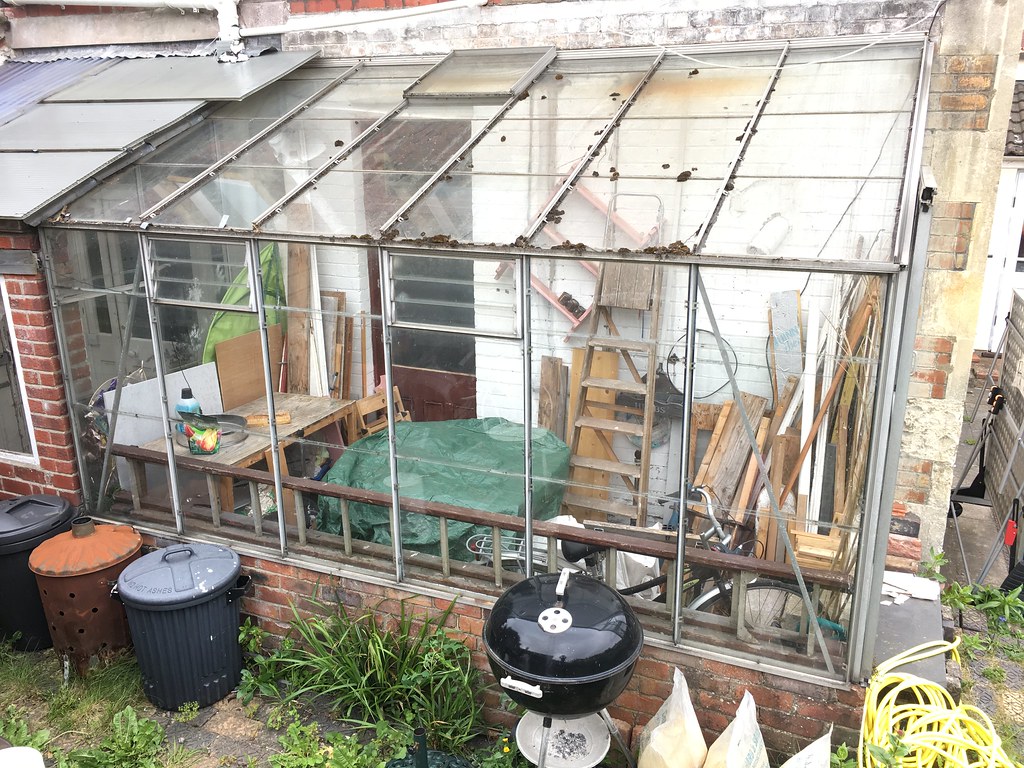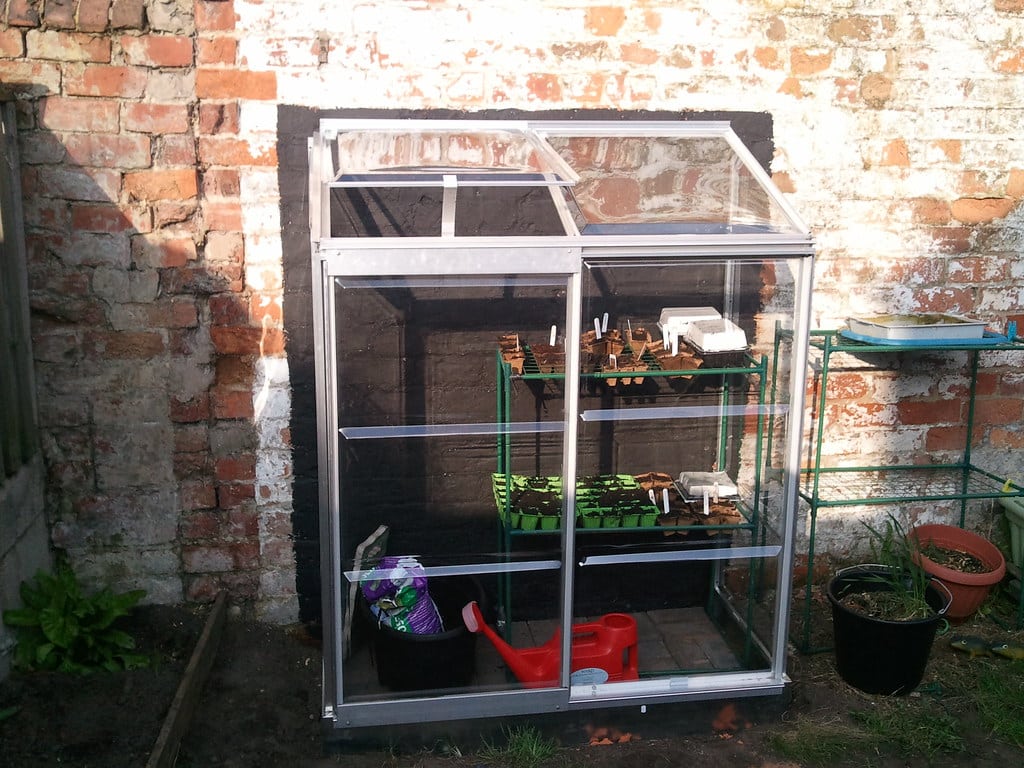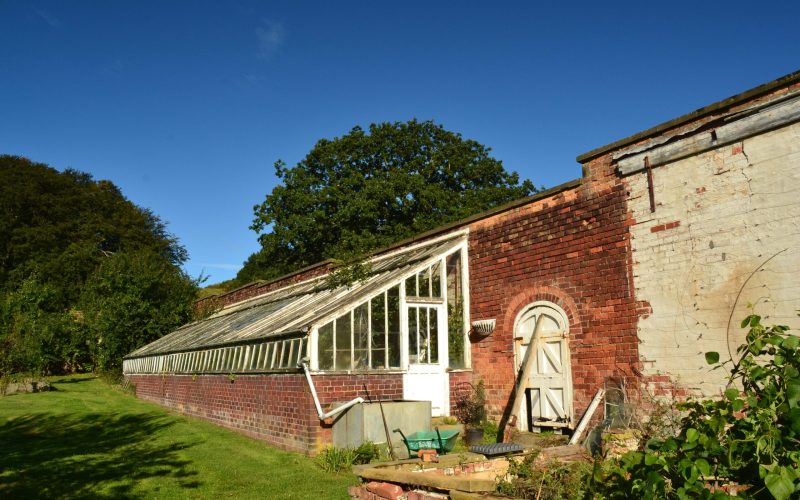If you’re interested in gardening or cultivating plants, having a greenhouse can be a game-changer for you.
A greenhouse is a structure designed to create a controlled environment for plants to thrive.
Let’s explore what a greenhouse is and the benefits it offers.
What is a Greenhouse?
A greenhouse is a structure made of transparent materials, such as glass or plastic, that allows sunlight to enter while trapping heat inside.
This creates a warm and sheltered environment for plants, extending the growing season and providing protection from harsh weather conditions.
Greenhouses work on the principle of the greenhouse effect.
Sunlight enters the greenhouse through the transparent walls, and as it strikes objects inside, it is absorbed and re-emitted as heat energy.
The heat is then trapped inside the greenhouse, creating a warmer environment than the surrounding outdoor temperature.
Benefits of Having a Greenhouse
Having a greenhouse offers numerous benefits for both hobbyist gardeners and commercial growers.
Here are some key advantages of owning a greenhouse:
- Extended Growing Season: A greenhouse allows you to start your plants earlier in the spring and grow them later into the fall, effectively extending the growing season. This means you can enjoy fresh produce or beautiful flowers for longer.
- Protection from Extreme Weather: Greenhouses provide a protective barrier against extreme weather events such as frost, hail, strong winds, or heavy rain. This helps to safeguard your plants and prevent damage or loss.
- Controlled Environment: With a greenhouse, you have control over various environmental factors like temperature, humidity, and ventilation. This control allows you to create the ideal conditions for different plant species, ensuring their optimal growth and health.
- Pest and Disease Management: Greenhouses act as a physical barrier, preventing pests and diseases from directly accessing your plants. Additionally, the controlled environment makes implementing preventive measures and managing pest and disease outbreaks easier.
- Improved Plant Quality: The controlled environment of a greenhouse promotes healthier and stronger plant growth. Plants grown in greenhouses tend to have higher yields, better flower production, and increased overall quality.
- Versatility: Greenhouses are versatile structures that can accommodate a wide range of plants, including flowers, vegetables, herbs, and even tropical plants. This flexibility allows you to explore different gardening techniques and experiment with various plant species.
Now that you understand what a greenhouse is and the benefits it offers, you can see why it’s a valuable addition to any garden or growing operation.
Whether you’re a novice gardener or an experienced plant enthusiast, a greenhouse provides an opportunity to nurture your plants and take your gardening journey to new heights.
Introducing Lean-To Greenhouses

If you’re considering a greenhouse for your gardening needs, you may come across the term “lean-to greenhouse.”
In this section, we will explore what a lean-to greenhouse is and the advantages it offers.
What is a Lean-To Greenhouse?
A lean-to greenhouse is a type of greenhouse structure that is attached to an existing building, such as a house, garage, or shed.
It is designed to utilize the support and protection of the existing structure, typically sharing one wall.
This wall serves as the back wall of the greenhouse, while the remaining sides are made of clear panels or glass to allow sunlight to enter.
By utilizing an existing structure, a lean-to greenhouse offers several benefits.
Not only does it provide convenience in terms of accessibility, but it also maximizes space utilization, making it an ideal choice for those with limited yard space.
Additionally, the shared wall provides extra insulation and stability, helping to regulate temperature and protect the plants inside.
Advantages of a Lean-To Greenhouse
- Cost-effective: Building a lean-to greenhouse is often more cost-effective compared to constructing a standalone greenhouse. By utilizing an existing structure, you can save on materials and labor costs.
- Convenience: The proximity of a lean-to greenhouse to your home or other buildings offers convenience in terms of accessibility. You can easily tend to your plants and monitor their growth without having to venture far from your living space.
- Space optimization: Lean-to greenhouses are perfect for utilizing limited yard space. Attaching the greenhouse to an existing structure allows you to make the most of the available area without sacrificing valuable garden or living space.
- Temperature regulation: The shared wall of a lean-to greenhouse provides extra insulation, helping to regulate temperature and protect your plants from extreme weather conditions. This makes it easier to maintain a stable and favorable environment for your plants throughout the year.
When considering a lean-to greenhouse, choosing the right location and ensuring proper sunlight exposure and drainage is important.
For more information on selecting the ideal location for your lean-to greenhouse, visit our article on choosing the right spot for your greenhouse.
A lean-to greenhouse offers a practical and efficient solution for gardening enthusiasts with limited space or those who prefer the convenience of having their greenhouse close to home.
With its unique design and advantages, a lean-to greenhouse can help you create an optimal environment for your plants and enjoy the benefits of gardening year-round.
Ideal Locations for a Lean-To Greenhouse
To ensure the success of your lean-to greenhouse, choosing the right location is essential.
The placement of your greenhouse will significantly impact the amount of sunlight it receives and its overall functionality.
Consider the following factors when selecting the ideal spot for your lean-to greenhouse.
Choosing the Right Spot
When choosing a spot for your lean-to greenhouse, proximity to your home is important.
Placing the greenhouse adjacent to a wall of your house offers several advantages.
It provides easy access to utilities like water and electricity while allowing for convenient monitoring and maintenance.
Additionally, having a greenhouse close to your home makes it easier to tend to your plants during inclement weather.
Ensure that the area you choose is level and stable. A flat surface is necessary for proper installation and stability.
Consider leveling the ground or building a foundation to ensure the greenhouse remains secure if the ground is uneven.
Considerations for Sunlight and Drainage
Sunlight is vital for the growth of your plants, so it’s crucial to select a location that receives adequate sunlight throughout the day.
Observe the area you have in mind for the lean-to greenhouse and determine its exposure to the sun.
Ideally, the greenhouse should be situated in an area that receives full or partial sunlight for a significant portion of the day.
Keep in mind that nearby trees or buildings can cast shadows, so ensure that such obstacles do not obstruct the chosen spot.
Another important factor to consider is drainage. You’ll want to avoid areas prone to flooding or areas with poor drainage, as excessive water accumulation can damage the greenhouse structure and harm your plants.
If necessary, make adjustments to the ground or install a drainage system to prevent water from pooling around the greenhouse.
By carefully selecting the location for your lean-to greenhouse, taking into account proximity, sunlight exposure, and drainage, you can create an optimal environment for your plants to thrive.
Remember to regularly monitor the conditions in and around your greenhouse to ensure the best possible growing environment.
Building and Designing a Lean-To Greenhouse

When it comes to building and designing a lean-to greenhouse, there are several important considerations to keep in mind.
From the materials used in construction to the size and layout of the structure, each element plays a crucial role in the success of your greenhouse.
Materials and Construction
The choice of materials for your lean-to greenhouse is essential for its durability and functionality.
Common materials used for lean-to greenhouses include wood, aluminum, and polycarbonate panels.
- Wood is popular due to its natural aesthetic appeal and excellent insulation properties. Cedar and redwood are commonly used for their resistance to decay and insect damage. Ensure that the wood is properly treated to withstand moisture and temperature fluctuations.
- Aluminum is lightweight, corrosion-resistant, and low-maintenance, making it a practical option for lean-to greenhouse construction. It provides structural stability and can withstand harsh weather conditions. Additionally, aluminum frames allow for larger glass or polycarbonate panels, maximizing sunlight exposure.
- Polycarbonate panels are a lightweight and durable alternative to traditional glass. They provide excellent insulation and UV protection for your plants. Polycarbonate panels are available in different thicknesses, with thicker panels offering better insulation properties. Consider using double-walled panels for improved heat retention.
When it comes to construction, ensure that the foundation is solid and level to provide stability to your lean-to greenhouse.
Properly sealing the joints and using weather-resistant screws or fasteners will help prevent air and water leaks.
It’s also essential to install adequate ventilation, such as windows or vents, to regulate temperature and humidity levels.
Refer to our article on how to cool a greenhouse for more information.
Size and Layout Considerations
Determining the size and layout of your lean-to greenhouse depends on the available space and your gardening needs.
Consider the following factors when planning:
- Available space: Measure the available area where you plan to construct your lean-to greenhouse. Ensure there is sufficient space for the length and width of the structure, as well as a comfortable working area around it.
- Sunlight exposure: Position your lean-to greenhouse in a location that receives ample sunlight throughout the day. Observe the sun’s path and consider any potential shading from nearby buildings or trees. For more information on choosing the right spot for your greenhouse, refer to our article on ideal locations for a lean-to greenhouse.
- Gardening needs: Assess your gardening goals and the number of plants you intend to grow. Plan the layout of shelves, benches, and plant containers accordingly. Adequate space for pathways and access to water sources should also be considered.
You can create a sturdy and functional lean-to greenhouse by carefully selecting the materials and ensuring proper construction.
The size and layout will depend on your available space and gardening needs.
Remember to refer to our article on how to use a portable greenhouse for additional tips on greenhouse usage and maintenance. Happy gardening!
Tips for Successful Gardening in a Lean-To Greenhouse
To ensure successful gardening in your lean-to greenhouse, there are a few important factors to consider.
Paying attention to temperature and ventilation, choosing the right plants, and maintenance and care will help you create an optimal environment for your plants to thrive.
Temperature and Ventilation
Maintaining the right temperature and ensuring proper ventilation is crucial for the health of your plants in a lean-to greenhouse.
Here are some tips to help you achieve the ideal conditions:
- Monitoring the temperature: Invest in a reliable thermometer to keep track of the temperature inside your greenhouse. This will help you make any necessary adjustments to maintain the optimal range for your plants.
- Heating and cooling: Depending on your location and the season, you may need to heat or cool your lean-to greenhouse. Consider using heating systems or cooling techniques such as fans or shade cloths to regulate the temperature. Check out our articles on how to heat and cool a greenhouse for more information.
- Ventilation: Adequate airflow is essential to prevent the buildup of excess heat and humidity. Ensure that your lean-to greenhouse has proper ventilation, such as windows, vents, or exhaust fans. Regularly opening windows or using vents will help maintain a healthy airflow and prevent issues like mold and mildew.
Choosing the Right Plants
Selecting the appropriate plants for your lean-to greenhouse is crucial for successful gardening.
Consider the following factors when choosing your plants:
- Light requirements: Different plants have varying light requirements. Assess the amount of sunlight your lean-to greenhouse receives throughout the day and choose plants that thrive in those conditions. Some plants may require more shade, while others prefer direct sunlight.
- Space availability: Consider the available space in your lean-to greenhouse. Choose plants that won’t outgrow the space or overcrowd other plants. Opt for compact or vertical-growing varieties to maximize your growing area.
- Climate suitability: Take into account the climate in which you live and the conditions within your lean-to greenhouse. Select plants that are well-suited to your local climate and can thrive in the controlled environment of a greenhouse.
Maintenance and Care
Proper maintenance and care are essential for the long-term health of your plants and the overall success of your lean-to greenhouse.
Here are some tips to keep in mind:
- Watering: Regularly monitor the moisture levels of your plants’ soil and water them accordingly. Avoid overwatering or letting the soil dry out completely. Use a watering can or an irrigation system that provides a gentle and even distribution of water.
- Pest control: Keep an eye out for pests that may affect your plants. Regularly inspect your plants for signs of infestation and take appropriate measures to control pests. Consider using natural pest control methods or introducing beneficial insects to help keep pests under control.
- Pruning and trimming: Regularly trim and prune your plants to encourage healthy growth and prevent overcrowding. Remove any dead or diseased foliage to maintain a clean and vibrant environment.
- Fertilizing: Provide your plants with the necessary nutrients by fertilizing them regularly. Choose a fertilizer that suits the specific needs of your plants and follow the recommended application instructions.
By focusing on these tips for successful gardening in your lean-to greenhouse, you can create an environment that promotes healthy plant growth and ensures a bountiful harvest.
Enjoy the benefits of growing your favorite plants year-round in this convenient and versatile structure.








